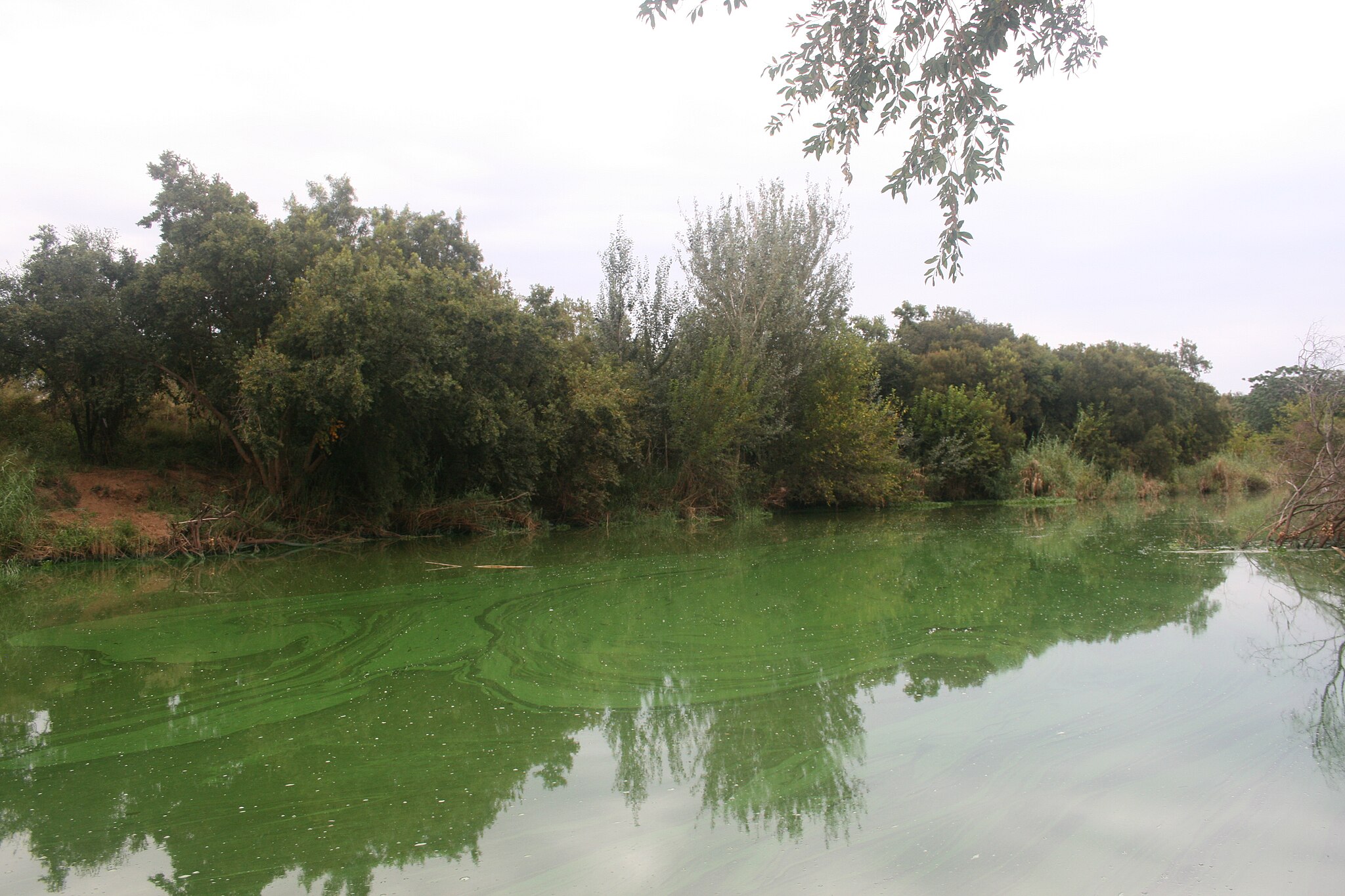News release
From:
Human nutrient inputs cause excessive algal growth for nearly half the world’s population
Research published today in Nature Communications has identified that nearly half the world’s population is living in catchments with rivers and streams choked with unacceptable levels of algal growth. The work led by a team at New Zealand’s AgResearch and Kansas State University have estimated natural losses of nitrogen and phosphorus from land into streams. They found that these natural losses account for a large proportion of total losses in Oceania (including those caused by human activity). Human activities have boosted losses in regions like Europe by 86% (nitrogen) and 30% (phosphorus). The work is being adopted by the Science Based Targets Network to help companies isolate where land management can reduce the freshwater quality impact of products / commodities sourced from different parts of the world. The Network has thus far signed up 115 companies that account for $4 trillion USD of trade.



 New Zealand; International
New Zealand; International



